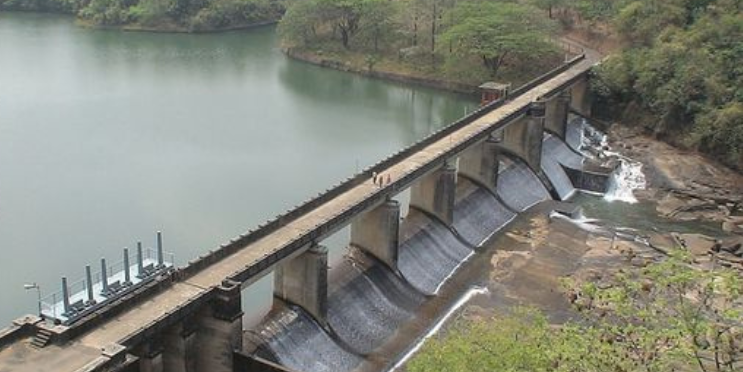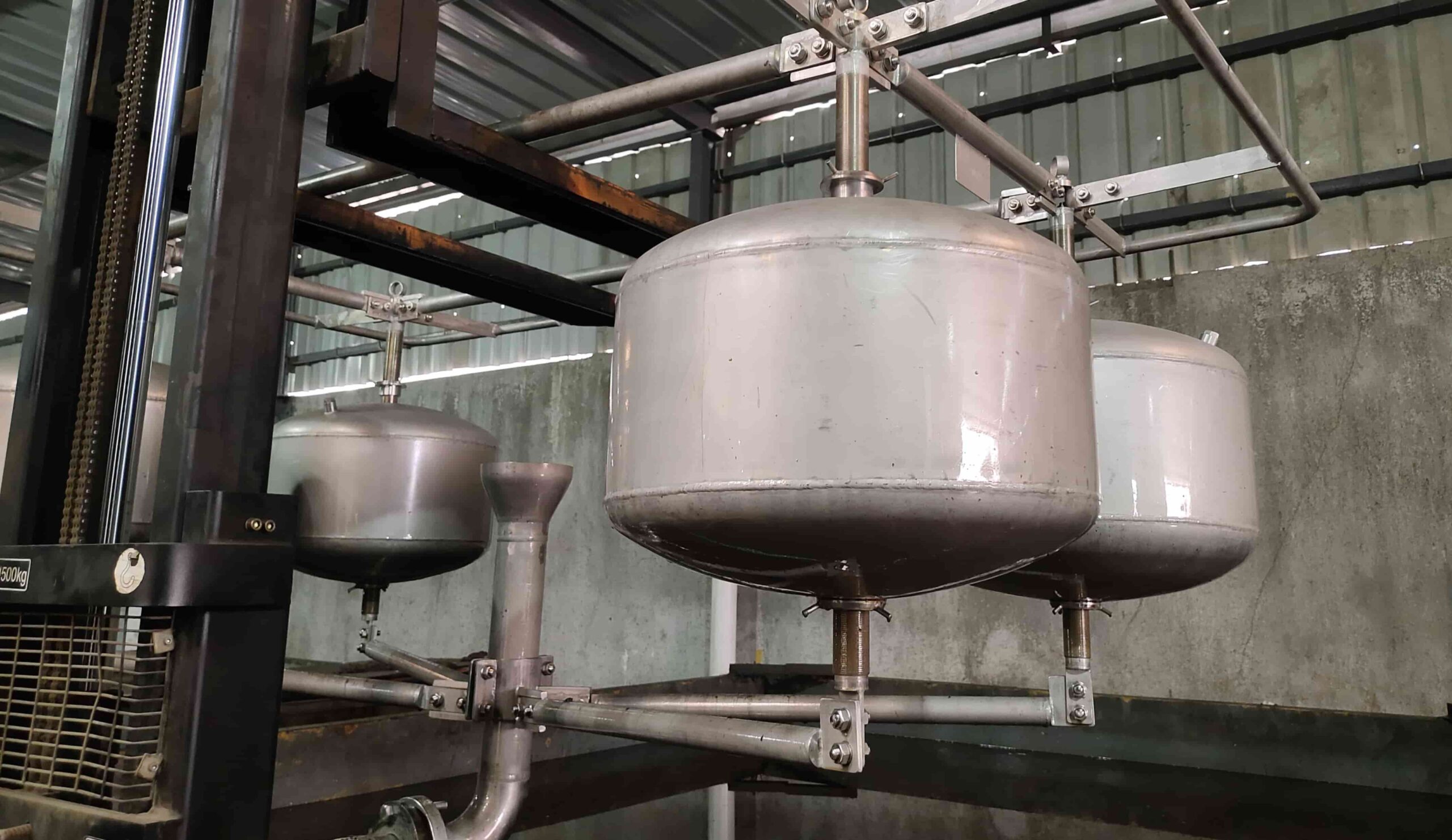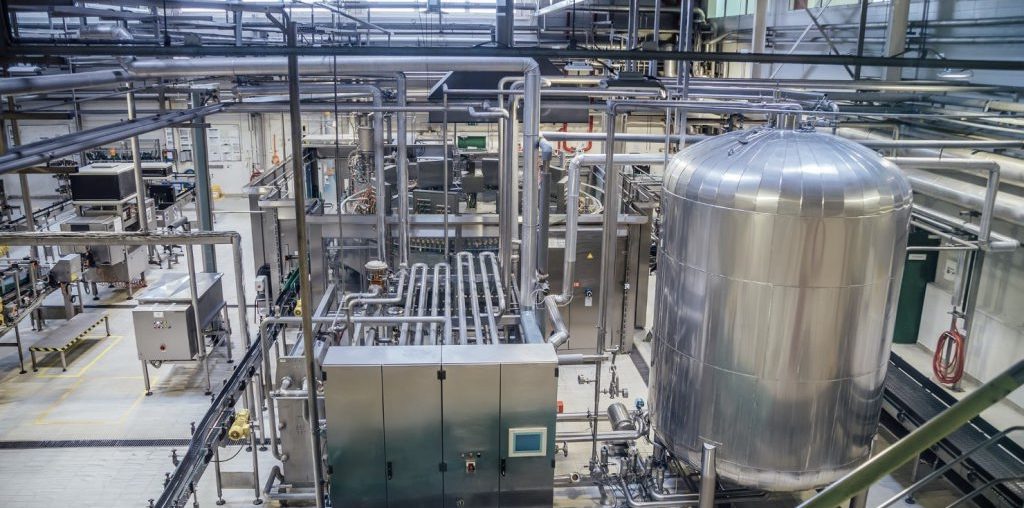Sluice Gates for Rivers and Canals

Water from rivers and canals is transferred to points of diversion for irrigation, municipal/industrial use, reservoir, drainage, etc. To improve or upgrade the canal operations, canal automation is undertaken by installing a control system.
Sluice gates play a crucial role in the rivers and canals control system. The sluice gates act as a barrier to control water levels and flow rates in rivers and canals.
In this article, you will learn about types of sluice gates, their key functions, various applications, importance, and a few critical aspects of the design and operation of a sluice gate.
Key Functions of a Sluice Gates Are:
- 1. Control Flow: The lowering or raising of the sluice gate affects the volume of water that can pass through the canal. Thus, the operation of the sluice gate controls the water flow of rivers and canals to meet the water demand.
- 2. Water Storage: Sluice gates in rivers and canals help to maintain water levels in reservoirs and dams.
- 3. Irrigation: Rivers and canals supply water for irrigation. Sluice gates in rivers and canals control the flow of water to ensure optimal water supply to meet irrigation requirements.
- 4. Erosion Control: Erosion can be controlled by the use of sluice gates. The water flow of rivers and canals can be controlled with sluice gates, thereby controlling the amount of erosion occurring due to the flow of water.
- 5. Flood Control: Sluice gates are often used to release excess water during heavy rainfall or to hold back water when water levels rise to a dangerous level, thereby mitigating the risk of flooding by regulating water levels in rivers and canals.
Sluice gates are installed at various locations throughout the rivers and canals to meet specific requirements. The different types of sluice gates in rivers and canals are:
- 1. Open-channel Gates: A Sluice gate that controls the discharge or water level of an open channel flow is known as an open-channel gate. The gate is designed to seal the channel from three sides – two sides and the bottom, allowing the water to flow from below the gate only. The gates are installed between two parallel walls of the channel.
- 2. Weir Gate: Weir gates are overflow gates. Similar to the open-channel gates, weir gates seal the channel from two sides and bottom, but the operations allow water to flow from above the gate, downward opening. They are deployed in rivers and canals to regulate water flow to maintain specific water levels.
- 3. Stop Log Gate: As the name suggests, stop log gates are deployed to restrict or control water flow in a canal. Stop logs are barriers in the form of beams or boards placed on top of each other to regulate the flow. They are modular in design and are frequently used to temporarily block the flow through a spillway or canal during maintenance.
Sluice gates are critical for the control system of rivers and canals. They have varied functions, designed for specific applications. Based on the application sluice gates vary to precisely meet the design requirements. The careful design of the sluice gate is important for efficient control and safe operations.
The sluice gate operation is simple, it allows the water to flow under it by raising and lowering the gate. The construction comprises a concrete structure, a moveable sluice gate, a guide frame, and a drive mechanism. The sluice gate design detail and installation measures that are required to ensure efficient and safe operations of are:
- 1. Design & Construction: The sluice gate should be capable of withstanding the seating, unseating, and operating heads. The sluice gate should be capable of performing the duties as per specifications without undue wear leading to deterioration. The construction to ensure minimum requirement of maintenance.
- 2. Frame: The frame should be robust, withstand the specified pressure, and cast integral to provide an effective seal.
- 3. Guides: The guide should be bolted to the frame or cast integrally. The length and arrangement of the guide should support the gate on the horizontal line of the stem nut pocket. Lateral movement of bolted-on guides should be prevented. The guides must be capable of bearing the entire thrust produced by water pressure and wedging action. In the closed position, guides should make complete contact with the wedging surface on the slides.
- 4. Seating Faces: The seating faces should be full-width solid sections. They should be secured to remain permanently in place, and free from distortion & loosening during the effective life of the sluice gates.
- 5. Wedging Devices: The sluice gate should be equipped with adjustable side, top, and bottom wedging devices.
- 6. Gate slides: The horizontal centreline of the slide should consist of an integral cast stem nut pocket with reinforced ribs. The stem nut pocket should have a drain.
- 7. Stem Nut & Lift Nut: The stem nut and slide should not turn the stem nut in the pocket of the slide. It should endure the thrust developed during gate operation under maximum gate operating condition loads in opening and closing direction.
- 8. Stem: The number of threads per inch should be designed to work effectively with the lift mechanism. The stem coupling should be of greater strength than the stem.
- 9. Lifting mechanism: The lifting mechanism should be suitable for operation by an individual under all conditions.
- 10. Workmanship: All casting should be clean, sound, and without defects.
Safe operation of sluice gates is of utmost importance. Ignoring safety precautions can lead to injuries and can be fatal in some cases. Gate operations should be carried out by authorized personnel only. The operations personnel should be equipped with protective gear. Worn or damaged parts must be replaced immediately to ensure smooth and safe operations. It is also important to follow the manufacturer’s gate operation & maintenance instructions.
Frequently Asked Question
Q.1 What are the main functions of screens in wastewater treatment?
A. The main functions of screens in wastewater treatment are to remove large solids, debris, and other unwanted materials, ensuring smoother downstream processes and protecting equipment from damage.
Q.2 Why is it important to have an oil and water separator in industrial settings?
A. An oil and water separator in industrial settings is crucial for environmental compliance, preventing pollution, and maintaining equipment efficiency by separating and removing oil and hydrocarbons from wastewater, ensuring a sustainable and responsible industrial operation.





